
Over the years, groups of settlers, rebels, and visionaries pushed for statehood, hoping to carve out their own place in the nation. Some movements gained traction, while others fizzled out as bold but short-lived experiments. Each attempt tells a story of ambition, conflict, and changing borders. Here are ten proposed states that came surprisingly close to becoming reality.
Franklin
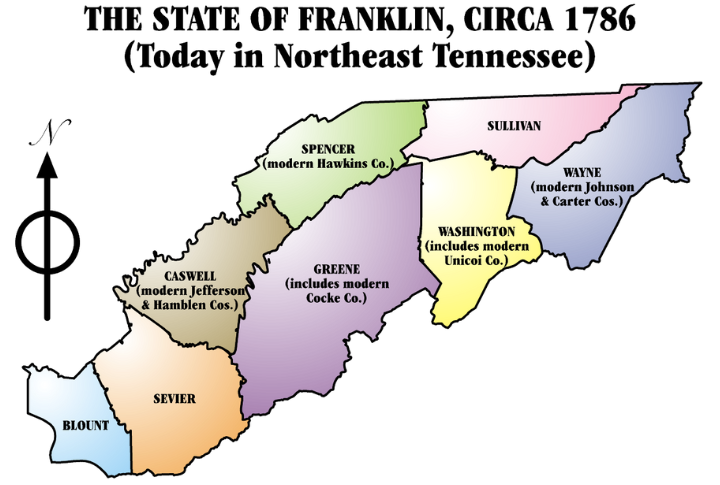
It wasn’t a lack of ambition that brought Franklin down—it was debt. In 1784, Appalachian settlers declared independence, hoping to break free from North Carolina’s neglect. However, without federal recognition and plagued by financial troubles, the experiment quickly fell apart. By 1789, Franklin’s leaders were back under North Carolina’s rule, and the dream of independence faded into history.
Deseret
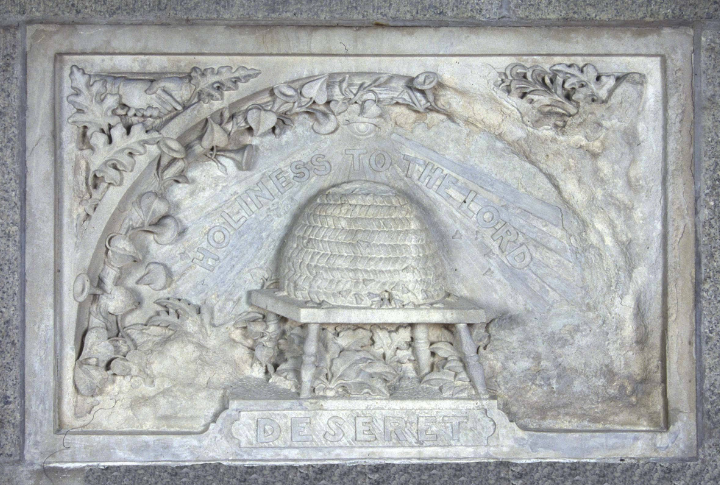
Deseret was conceived in 1849 as a vast state by Mormon settlers and hoped to span much of the American West. Congress, worried about excessive control, denied the proposal. Instead, Utah Territory was formed, drastically shrinking the dream. Still, the term Deseret persists in Utah’s culture and economy.
Absaroka
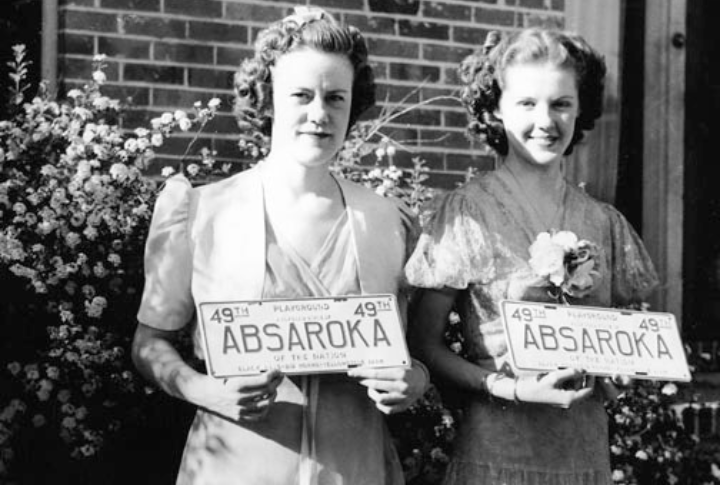
Absaroka was defined by its rebellious spirit. During the Great Depression, frustrated ranchers in Wyoming, Montana, and South Dakota declared themselves independent states, even minting license plates and holding beauty pageants. However, it was all more of a playful protest than a real movement, and by 1941, Absaroka faded into history.
Jefferson
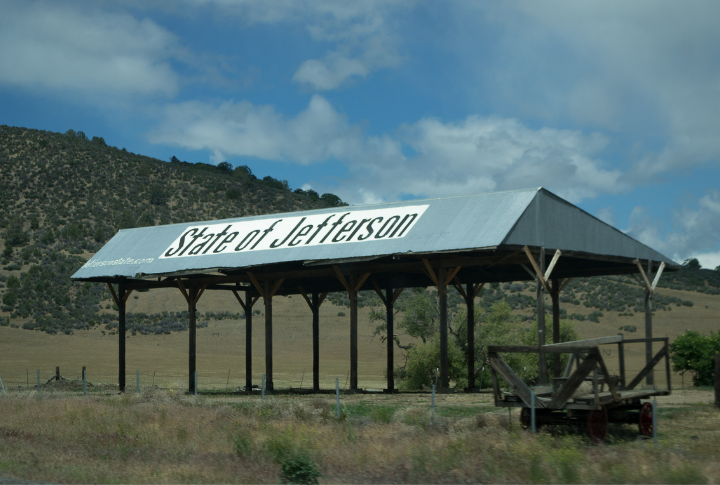
Jefferson just wouldn’t give up. From the Rockies to northern California, this proposed state has kept reappearing throughout history. Its most famous moment came in 1941 when residents declared independence and raised flags, but World War II quickly snuffed out the movement. Despite that, the dream of Jefferson still lingers in the hearts of some.
Sequoyah
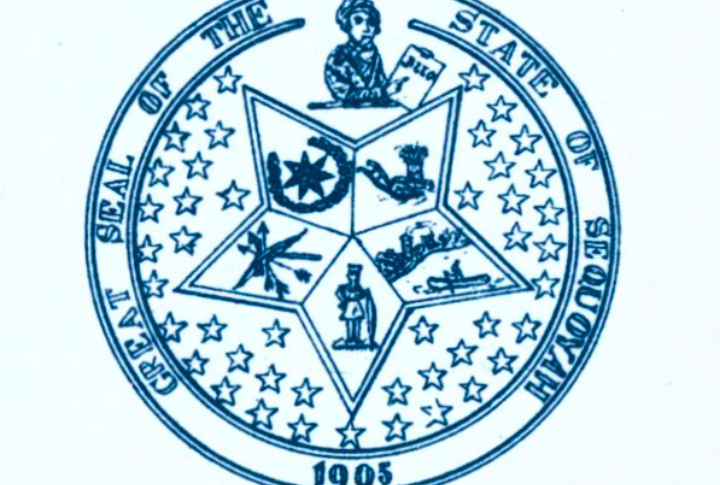
What if Native Americans had their own state? In 1905, the Five Civilized Tribes proposed Sequoyah, a state designed to preserve their culture and governance. With a detailed constitution that gained local support, it seemed promising, but it ultimately failed in Congress. Today, Sequoyah stands as a powerful reminder of autonomy lost to federal expansionism.
Westsylvania
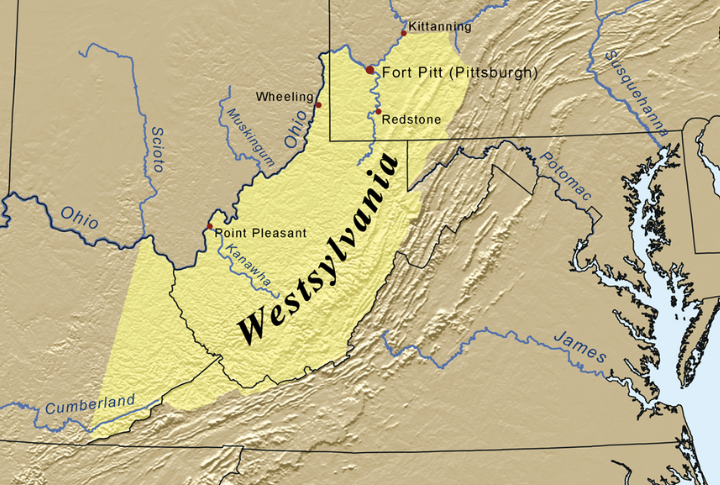
In 1776, settlers west of the Alleghenies sought independence from Pennsylvania and Virginia, calling for Westsylvania. Congress ignored their pleas, choosing unity over fragmentation during the Revolutionary War. The name faded, but the rugged individualism of its founders lives on in regional pride.
Superior
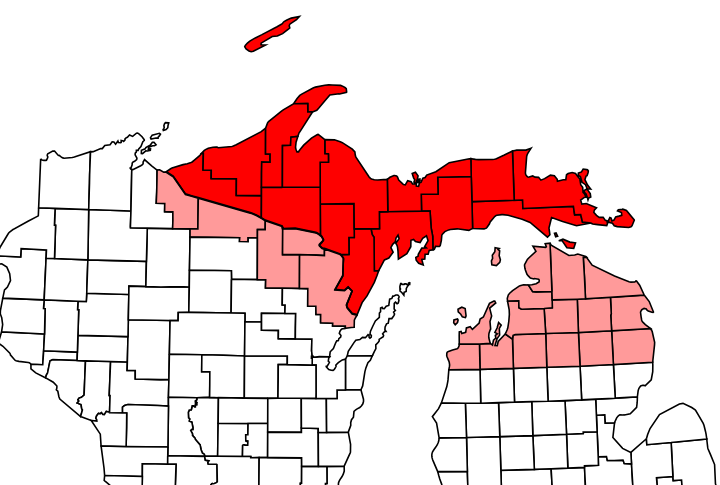
Michigan’s Upper Peninsula often felt like an outsider. Residents proposed the State of Superior multiple times by citing cultural and economic differences. Although the movement never gained traction, the U.P. continues to embrace its distinct identity, with “Superior” as a symbol of regional pride.
Transylvania
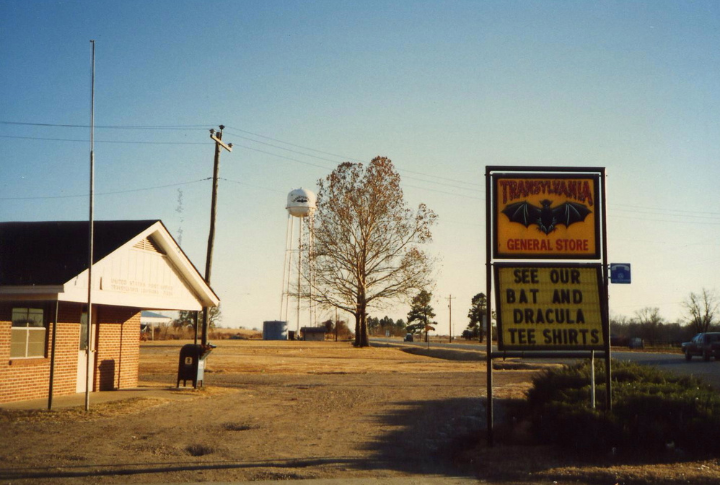
Can private investors truly create a state on land that isn’t theirs? In 1775, investors bought Cherokee land to form Transylvania, only to have Virginia and North Carolina declare the deal illegal. Transylvania vanished and served as a cautionary tale about the risks of private ventures in public land disputes.
Delmarva
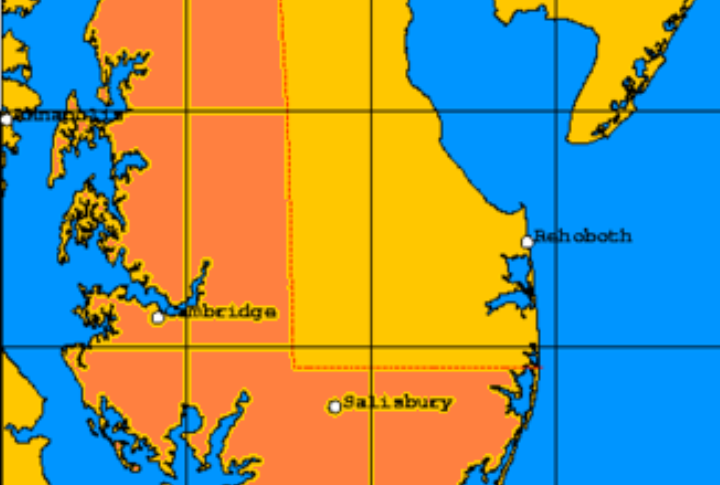
The Delmarva Peninsula, shared by Delaware, Maryland, and Virginia, often sought independence as its own state. Geographic isolation and cultural unity fueled these efforts. However, disagreements among the three states derailed each attempt. That left Delmarva’s statehood simply a footnote in US history.
Scott
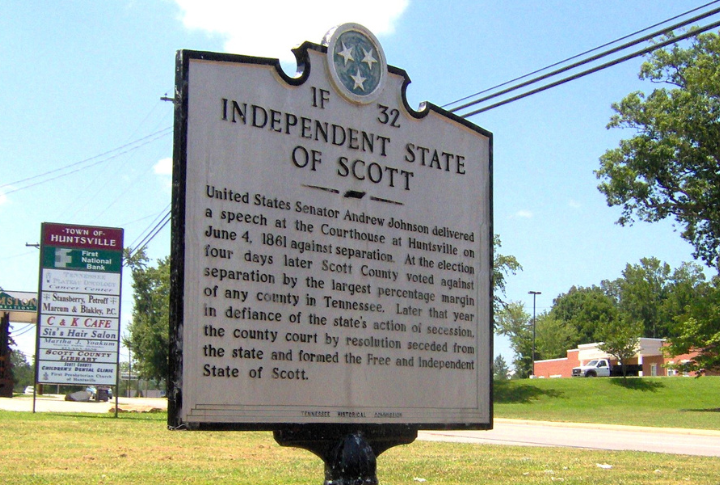
In 1861, Scott County, Tennessee, boldly declared itself the Free State of Scott, which clearly defied Tennessee’s support of the Confederacy. While mostly symbolic, this stance remained until 1986. The county’s long legacy of resistance continues to intrigue people today.
